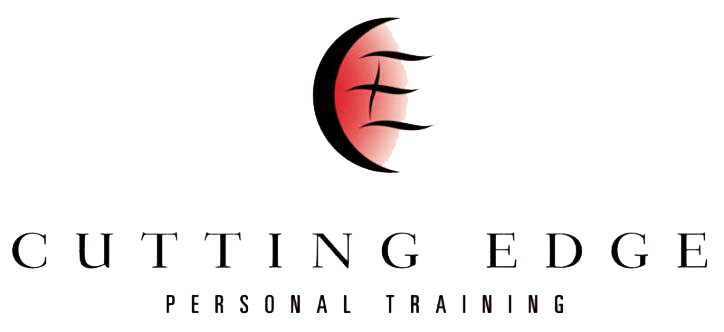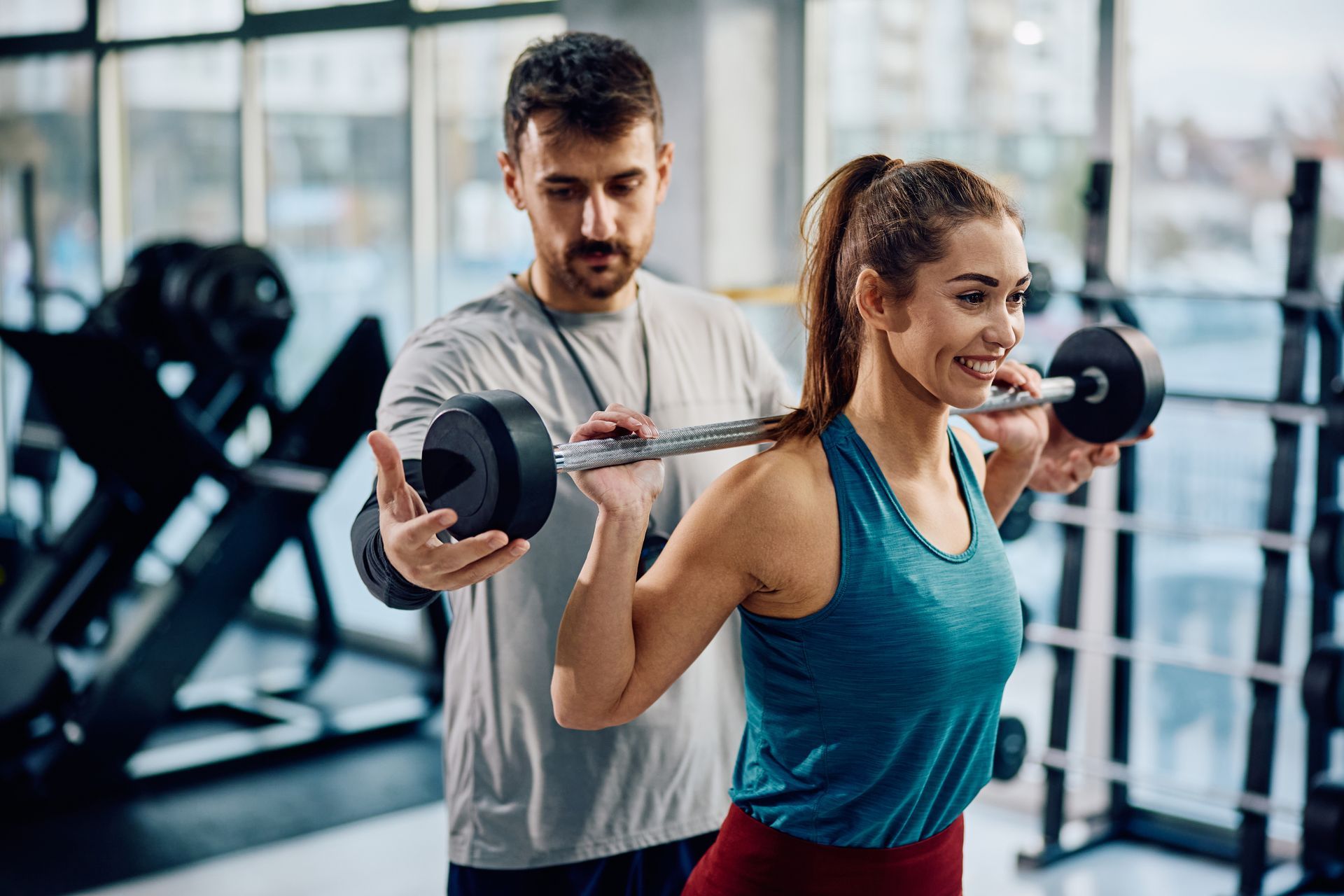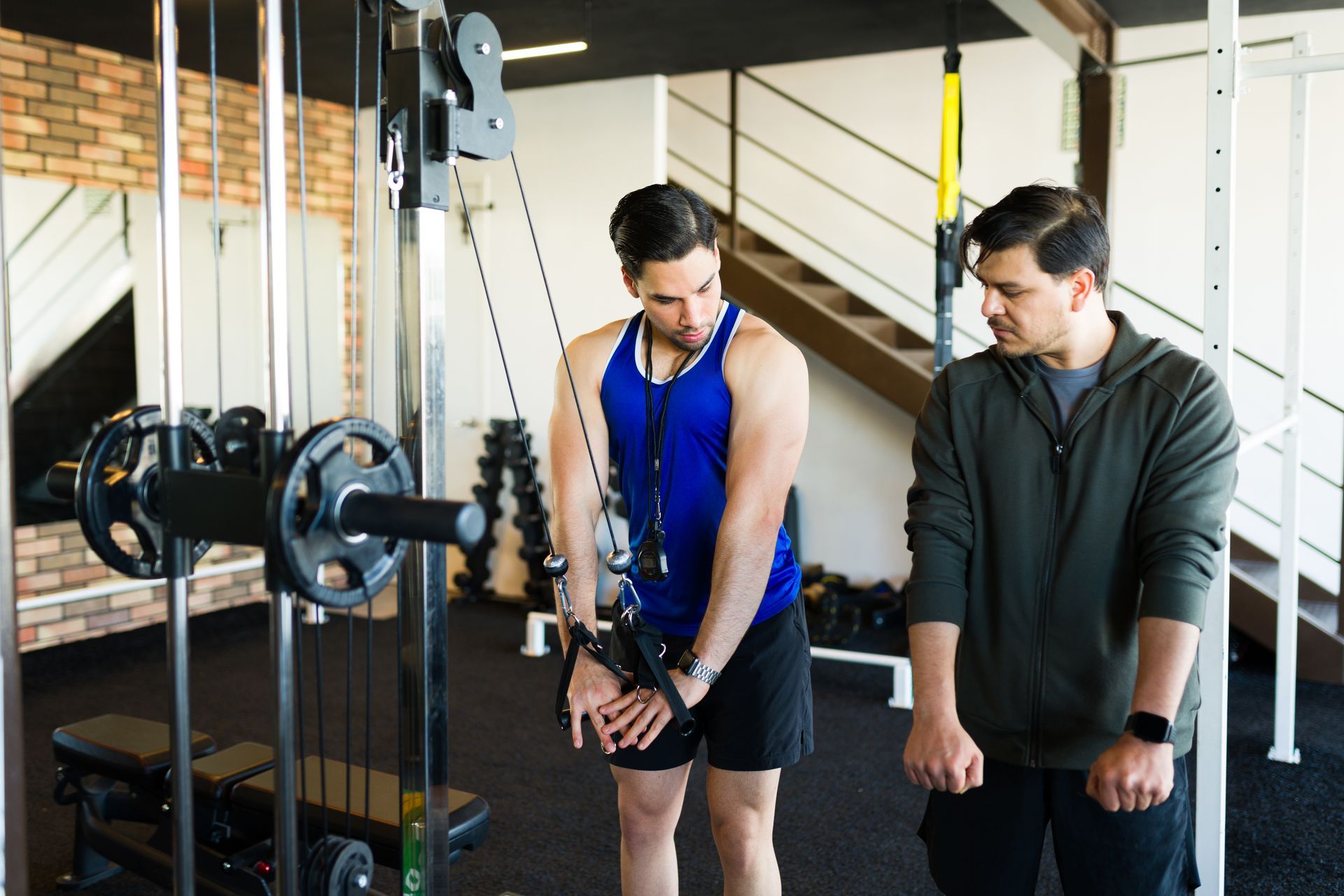June 1, 2021
Muscle Building 101 | Part 1 – Analyzing, Measuring, and Setting Up Your Workout
When you have a goal of building as much quality muscle as possible, the top two primary variables you need to get into place are your training and your nutrition.
Building muscle is technically a process of stimulus followed by a period of recovery. At its very essence, it is your body feeling a stress and preparing to handle that stress again in easier fashion, if it is to face it in the future.
In this series of articles, I am going to take you through everything you need to know in order to create your IDEAL muscle-building blueprint.
This first part of the series goes over one of the most important things for the goal: analyzing, measuring and setting up your workout.
How to measure a workout

As the saying goes, “what gets measured, gets managed.” And working with weights makes measuring, and then managing, easy.
Think about it…weights are numbers. And when we have numbers, there is a certain level of mathematics involved.
That is to say… There is actually a mathematical formula for muscle gains.
Your workout can be measured by 3 main variables:
- Intensity
- Volume
- Density
Intensity is a measure of how close you get to your maximum strength capabilities.
The closer you get towards lifting towards your maximum effort, the higher your intensity is.
Volume is a measure of your total working weight, for all of your exercises, sets, and reps.
You can measure volume using this formula: Weight * Sets * Reps = Volume
For instance, using 100 lbs for 2 sets of 10 would create a volume of 2000 lb (100*2*10=2000 lb)
Finally, we have density, which is a measure of your volume, related to the total time needed for its completion, including rest times.
To measure density, you use this formula: Volume / Total completion time = Density (lb per minute)
For instance, if those 2 sets of 10 with 100 lbs take you 2 minutes to complete, this would be a density of 1000 lb/min.
But How Do You Measure Intensity?
Alright, so far you learned the following:
- Volume = Weight * Sets * Reps
- Density = Volume / Total completion time
But how exactly can you measure intensity?
Well, here comes the practical part.
To get an idea of how to measure intensity, first you must know what 100% intensity looks like for you (for a certain exercise). This requires finding out the weight you can lift for one single repetition, giving you data on what your maximum strength capabilities are.
How to test your 1 rep max
Before we get to the actionable steps, if you are a beginner, you should avoid testing your one-rep max as it may lead to injuries. Instead, use the same scheme but go for a 5-rep max instead, where you use a weight that takes your muscles to failure at around the 5th repetition.
Here are the steps to testing your one-rep max:
- Warm-up with about 5 minutes of light cardio
- Do a brief dynamic stretching routine to get each joint through its range of motion
- Do a set of 10-20 repetitions with no weight on the bar (or a very light weight)
- Rest for a minute
- Load the bar with a weight you can do for 12-15 reps, but only do 6-8 repetitions
- Rest for 2 minutes
- Load the bar with a weight you can do for 8-10 reps, but only do 4-5 repetitions
- Rest for 2 minutes
- Load the bar with a weight you can do for about 4-6 reps, but only do 2-3 repetitions
- Rest 3 minutes
- Load the bar and attempt a one-rep max
- If successful, rest for 3-5 minutes and increase the weight
- Keep doing steps 11 and 12 until you reach the weight which is certainly your one-rep max
This same scheme can be used by beginners for the 5-rep max method.
Calculating Training Intensity
If you look at a workout objectively, the level of intensity is what determines how many repetitions you can do. Knowing your max intensity allows you to calculate the ideal rep range for your training goals.
If your goal is to gain as much strength as possible, your main focus should be training above 85% intensity, which will put most people in the 1-5 rep range (known more as the powerlifting training rep range).
On the other hand, if your main goal is to have a bodybuilder-like physique, you are best off focusing on the 65-85% training intensity, which will put most people in the 6-15 rep range.
Why You Would Even Need to Know All of This Information
The reason this is all important is that the ratio of these variables is what will determine how the muscles work, what type of energy it uses, and thus, how it develops. Making it part of what will allow you to create your ideal muscle-building blueprint.
In the next article, I’ll explain to you exactly how these variables affect the way the body provides energy.
See you in part 2!





